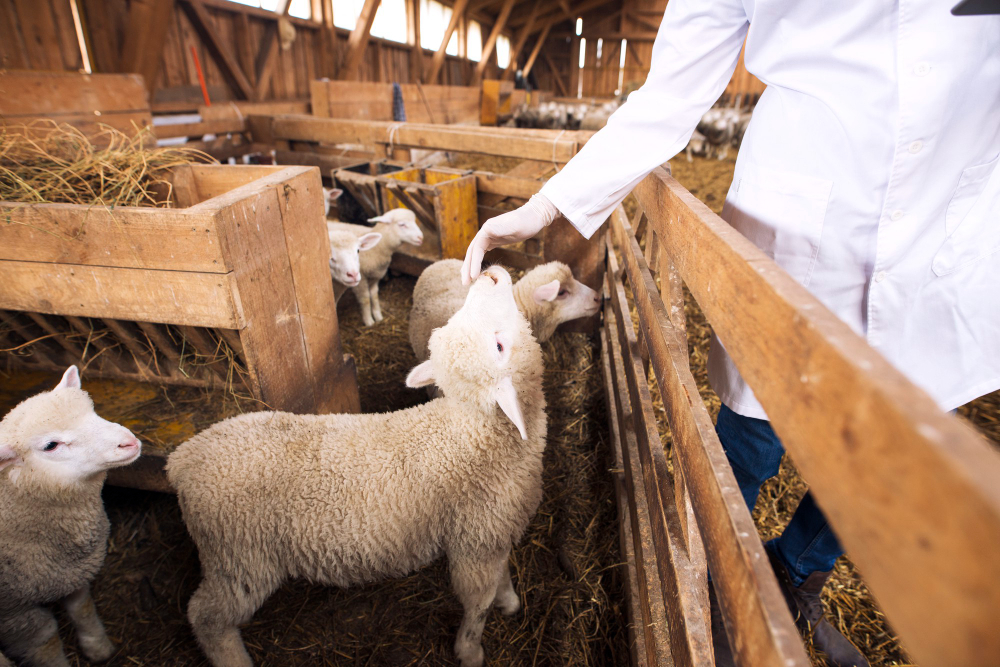According to the latest FAO and OECD Agri-Food Forecast report, global meat demand will grow by 47.9 million tons over the next decade. This increase, driven by rising population and income, will be accompanied by improved productivity and average per capita consumption increasing by 0.9 kg per person.

It is estimated that by 2034, global meat production will reach 406 million tons, with Asia accounting for 55% of the growth, especially in poultry production. The latter will continue to be the fastest-growing meat, accounting for 62% of the total increase, thanks to its efficiency, lower cost, and adaptation to urban areas.
Regarding trade, a slowdown is expected: global meat imports will grow only 10% (compared to 37% in the previous decade), partly due to a reduced dependence on China. Greenhouse gas emissions will increase by 6%, less than production growth (13%), thanks to improvements in efficiency and higher slaughter weights.
By type of meat:
- Poultry: will grow especially in upper-middle-income countries, although it faces challenges such as avian influenza, biosecurity, and animal welfare.
- Beef: Growth is expected to reach 84 million tons, driven by genetic and commercial improvements, especially in China and India.
- Pork: Will reach 130 million tons, although global per capita consumption will fall by 4%.
- Sheep: Will grow by 15%, to 19 million tons, thanks to better prices and farrowing rates, although a decline is expected in the EU.
This scenario confirms that the meat sector will continue to be strategic for global food security, with clear challenges in sustainability, health, and adaptation to new market demands.
You may be interested in:
















